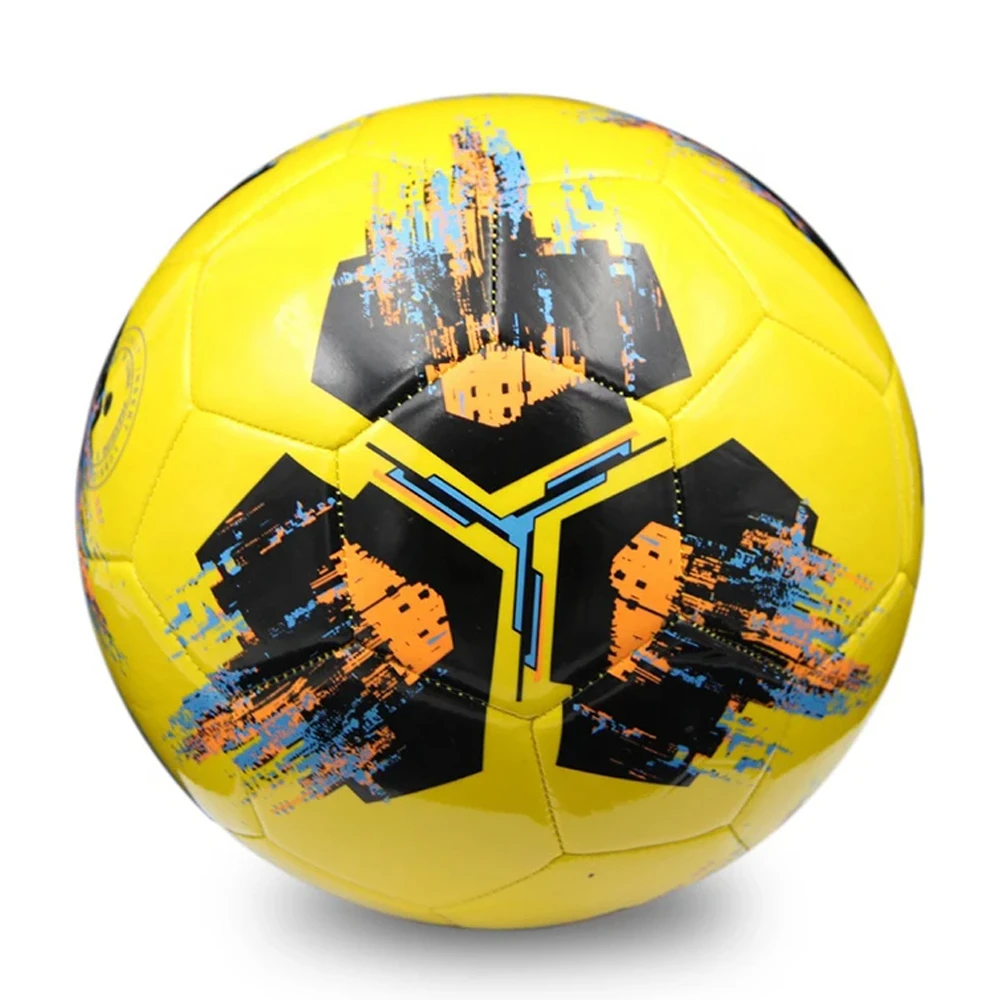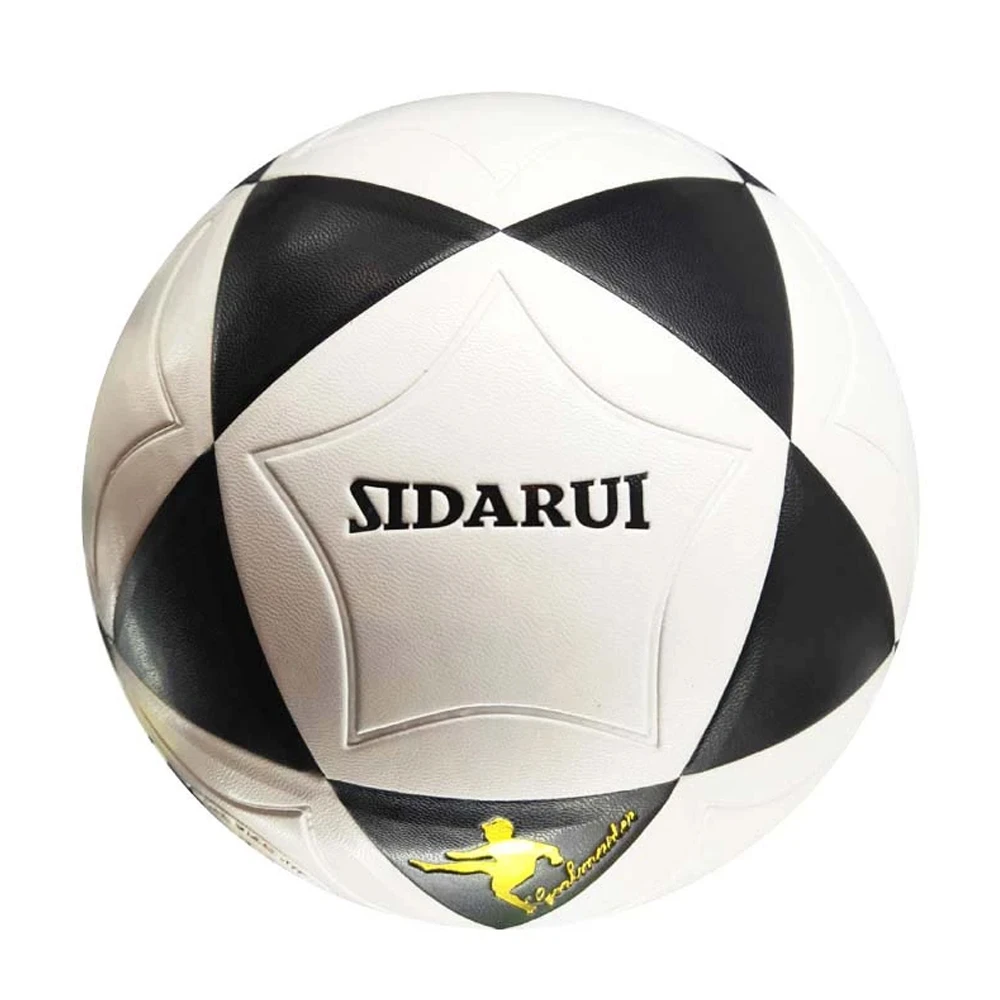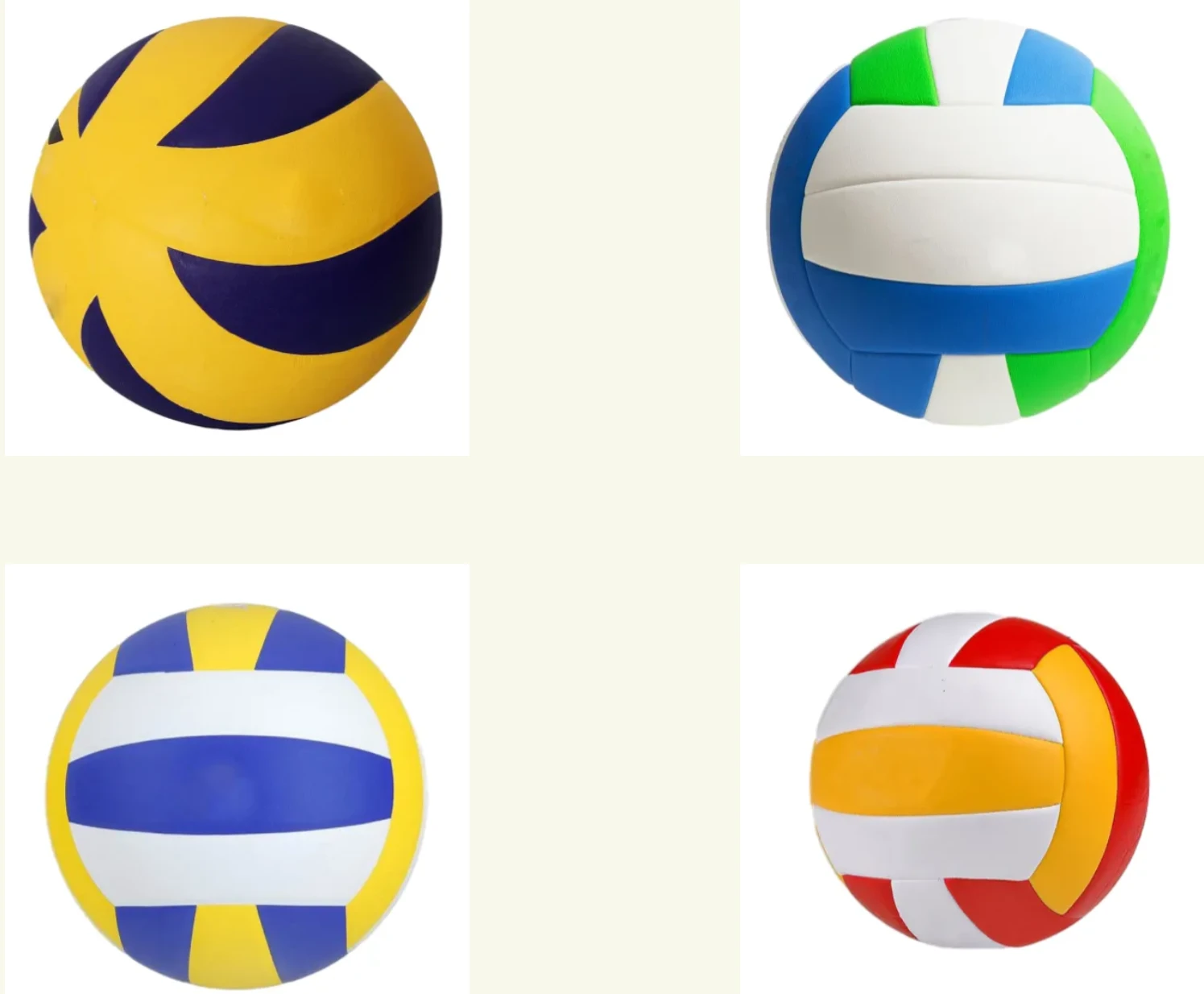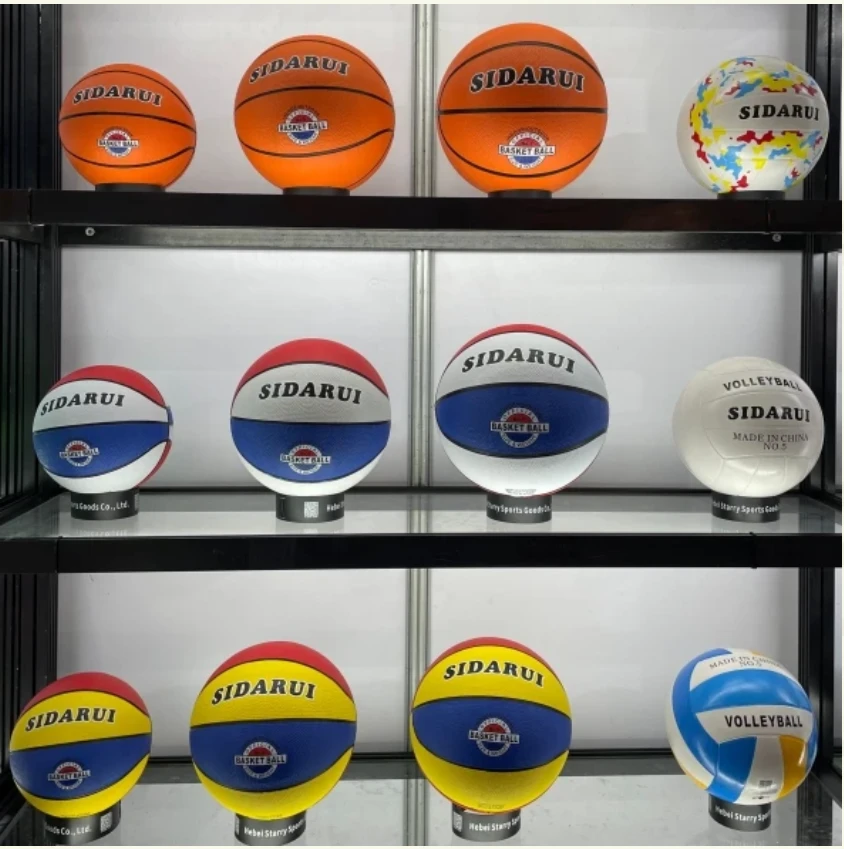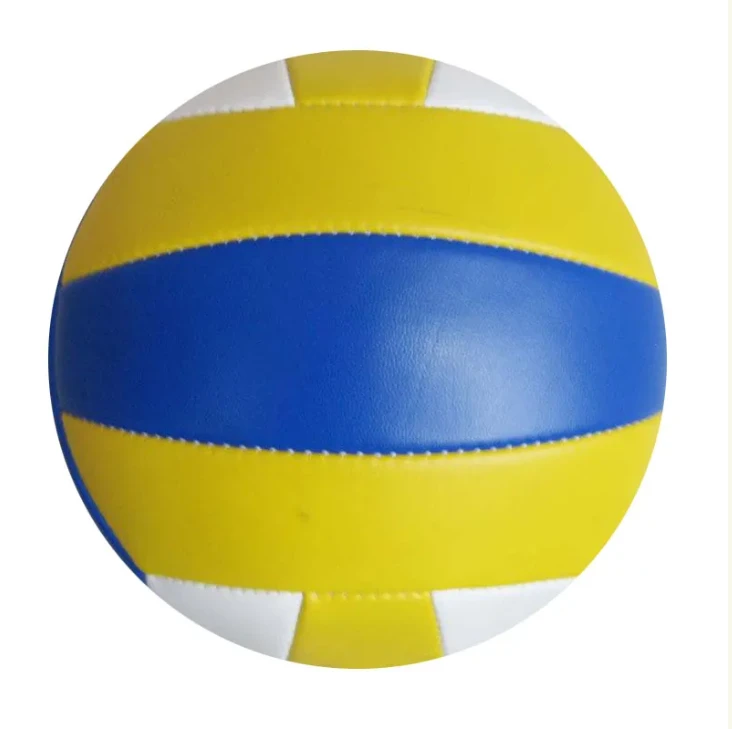May . 31, 2025 05:42
- The global soccer equipment market overview
- Material innovations driving performance
- Comparison of leading production companies
- Custom design solutions for professional teams
- Performance analysis of tournament-grade equipment
- Volleyball manufacturing compatibility
- Future industry development projections

(soccer manufacturers)
The Global Soccer Equipment Manufacturing Landscape
Soccer equipment production represents a $4.5 billion global industry with consistent 3.8% annual growth since 2020. Major manufacturing clusters have emerged across three key regions: Pakistan's Sialkot district produces approximately 40% of the world's soccer balls, Chinese facilities focus on automated production lines for mass-market distribution, and European technical centers specialize in premium match-grade balls. This geographic distribution allows soccer manufacturers
to balance hand-stitched craftsmanship with precision-engineered consistency, meeting varying regulatory standards established by FIFA's Quality Programme.
Advanced Material Engineering in Sports Equipment
Revolutionary material composites enable modern soccer balls to achieve previously impossible aerodynamic properties. Thermally bonded panels eliminate stitching irregularities while polyurethane hybrid surfaces provide consistent touch in all weather conditions. Nike's AerowSculpt technology reduces water absorption by 68% compared to traditional designs, while Adidas' Connected Ball Technology integrates 500Hz motion sensors without compromising weight distribution. These innovations allow manufacturers to precisely calibrate rebound rates to FIFA's mandated 62-68% coefficient while maintaining circumference accuracy within 0.1% tolerance. For volleyball production, proprietary microfiber composites increase contact surface friction by up to 35%.
Comparative Analysis of Major Players
| Manufacturer | Production Capacity | Core Technology | FIFA Certification | Customization Options |
|---|---|---|---|---|
| Adidas | 12 million units/year | CTR CORE & Speed Shell | Pro, Quality, Basic | Full graphics, weight variants |
| Nike | 9.5 million units/year | All Conditions Control | Pro, Quality | Pressure retention systems |
| Select Sport | 7 million units/year | Supersoft Foam | Quality, Basic | Material composition |
| Mitre | 5.2 million units/year | Dual Foam Tech | Quality | League-specific specs |
Bespoke Production for Professional Teams
Premium soccer ball manufacturers now offer comprehensive customization programs where elite clubs can commission fully tailored match equipment. The development cycle typically spans 18 weeks from initial consultation to delivery, incorporating: aerodynamic testing in wind tunnels, pressure retention validation across temperature extremes, and player feedback integration. Notable examples include Bayern Munich's thermal-regulation balls engineered for winter Bundesliga conditions and Liverpool's high-visibility design utilizing light-reactive pigments. Such partnerships generate $200-500K revenue per club annually while providing manufacturers invaluable performance data to refine consumer products.
Tournament Performance Validation Data
International competitions serve as ultimate testing grounds, with recent metrics demonstrating significant manufacturing improvements. FIFA's Technical Study Group recorded 26.8% fewer ball-related interruptions during the 2022 World Cup compared to 2018 events, despite increased match intensity. Tracking data revealed modern balls maintain 90% spin consistency after full-match deployment, a 15% improvement over previous generations. When transitioning expertise to volleyball production, manufacturers apply similar validation protocols: Mikasa's VQL3000 tournament ball demonstrated just 3.7% pressure loss after intensive 5-set matches during the 2021 Olympics.
Cross-Disciplinary Manufacturing Applications
Soccer equipment manufacturing technology transfers effectively to volleyball production through shared material science and quality control processes. Mikasa leverages adhesive bonding techniques originally developed for soccer panels to create seamless volleyball surfaces. Chinese manufacturing conglomerates utilize identical automated stitching systems for both ball types, achieving 98% production line compatibility. This technological crossover enables soccer manufacturers to diversify into volleyball markets with minimal retooling, sharing R&D investments across both categories while meeting FIVB certification requirements through modified bladder pressure systems.
Future Directions for Soccer Equipment Producers
Soccer ball manufacturers face evolving challenges including sustainable material requirements and smart technology integration. Industry leaders are investing in bio-based TPU alternatives targeting 70% fossil-fuel reduction by 2028. Digital integration continues advancing rapidly – prototypes now feature impact sensors providing live analytics to coaching staff. Manufacturing executives project that within five years, 35% of professional match balls will incorporate embedded IoT technology, while maintaining traditional performance characteristics that remain central to the sport's identity.

(soccer manufacturers)
FAQS on soccer manufacturers
Q: What are the top soccer manufacturers globally?
A: Leading soccer manufacturers include Adidas, Nike, and Select. These brands dominate the market with FIFA-certified balls, advanced technology, and partnerships with major leagues.
Q: How do soccer ball manufacturers ensure quality?
A: Reputable manufacturers use synthetic leather or polyurethane for durability, precision stitching, and rigorous testing. Certifications like FIFA Quality Pro validate performance standards.
Q: Do volleyball manufacturers use similar materials as soccer ball brands?
A: Volleyballs often employ synthetic leather or microfiber, similar to soccer balls. However, they prioritize lighter weight and softer surfaces for indoor play and hand contact.
Q: Can soccer manufacturers also produce volleyballs?
A: Yes, brands like Mikasa and Wilson specialize in both soccer and volleyball production. Shared expertise in ball design allows crossover in manufacturing techniques.
Q: What certifications should I check when buying from soccer manufacturers?
A: Look for FIFA Quality (basic) or FIFA Quality Pro (professional) labels for soccer balls. For volleyballs, FIVB approval ensures international competition standards.




